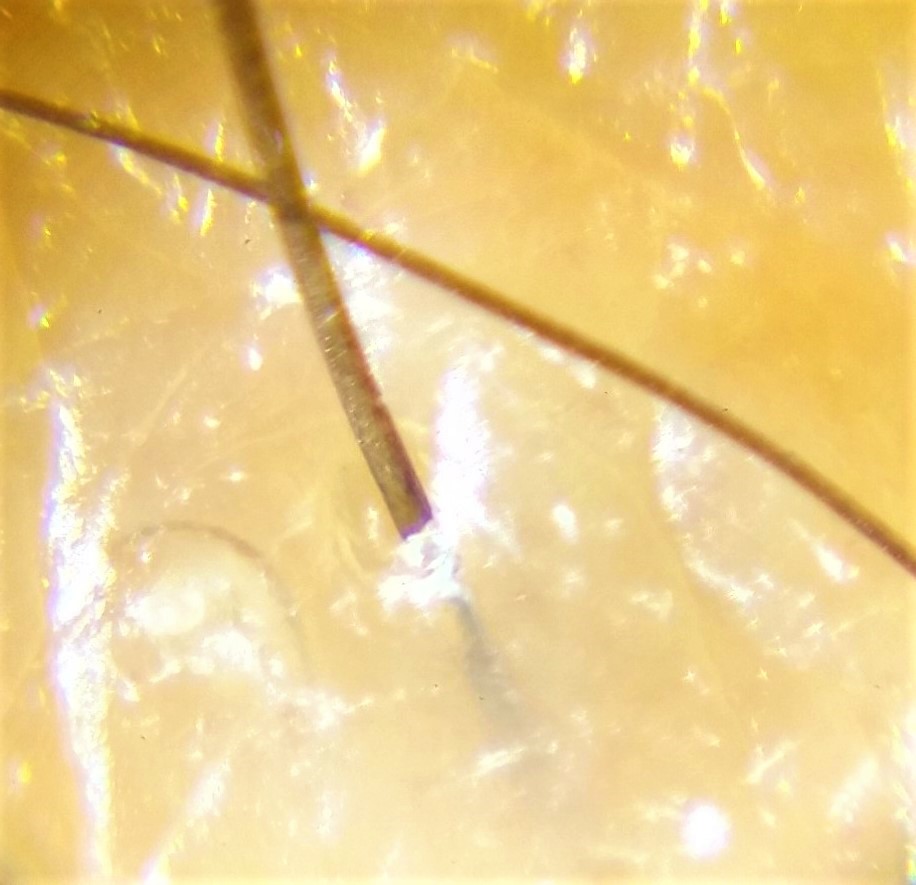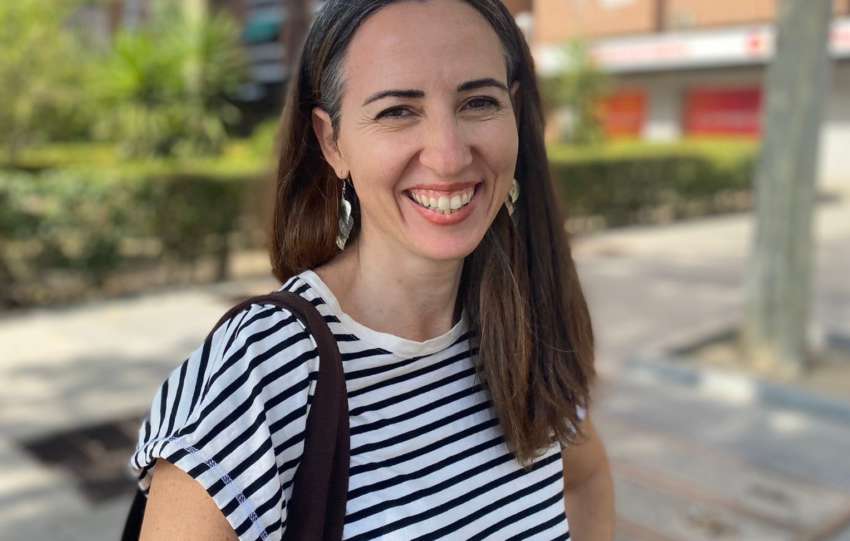Share This Article
What variety of organisms can we find inhabiting our skin?
Jacobo Castellano, sculptor
Answer by Aayushi Uberoi:
The skin is the body’s first line of defense; it protects us against environmental stresses, toxins, and disease-causing microbes.
The skin represents a complex ecosystem composed of almost 1.8 m2 of diverse habitats, each with its own unique microorganisms, including bacteria, fungi, viruses, and mites, collectively known as the skin microbiota. Most skin microorganisms are harmless and in some cases even beneficial, as they protect against pathogens and regulate the structure of the skin while educating the immune system.
Different skin regions have varying topographical features and levels of temperature and humidity that influence the growth of specific microorganisms. Areas such as the toe web are higher in temperature and humidity, which encourages the growth of microorganisms that thrive in moist conditions (for example, rod-shaped bacteria belonging to coryneform family and round-shaped clusters belonging to staphylococcus family).
Under the microscope, the skin is architecturally complex, with invaginations such as pores, hair follicles, and sweat glands that provide specialized nutrient environments that allow for diverse microbial communities.

Areas like the face, chest, and back have a high density of follicles and pores, fostering the growth of microorganisms that thrive on fats and lipids (for example, Cutibacterium acnes, associated with acnes, and the fungal species Malassezia that are associated with dandruff). Other anatomical regions like the arms and legs are relatively drier with large temperature fluctuations and fewer microbes.
Biography:
Aayushi Uberoi is a postdoctoral fellow in the Department of Dermatology at University of Pennsylvania and an expert in skin microbiome. Her research focuses on understanding human-microorganism interactions with the goal of discovering how human skin microbiome contributes to the skin physiology.
Uberoi graduated in Engineering, majoring in Biotechnology, from SRM Institute of Science & Technology, Chennai, India, and obtained a PhD from University of Wisconsin-Madison, USA.
She is currently initiating her scientific career as an independent investigator, after receiving the K99/R00: Pathway to Independence Award from The National Institute of Arthritis and Musculoskeletal and Skin Diseases NIAMS (NIH).


